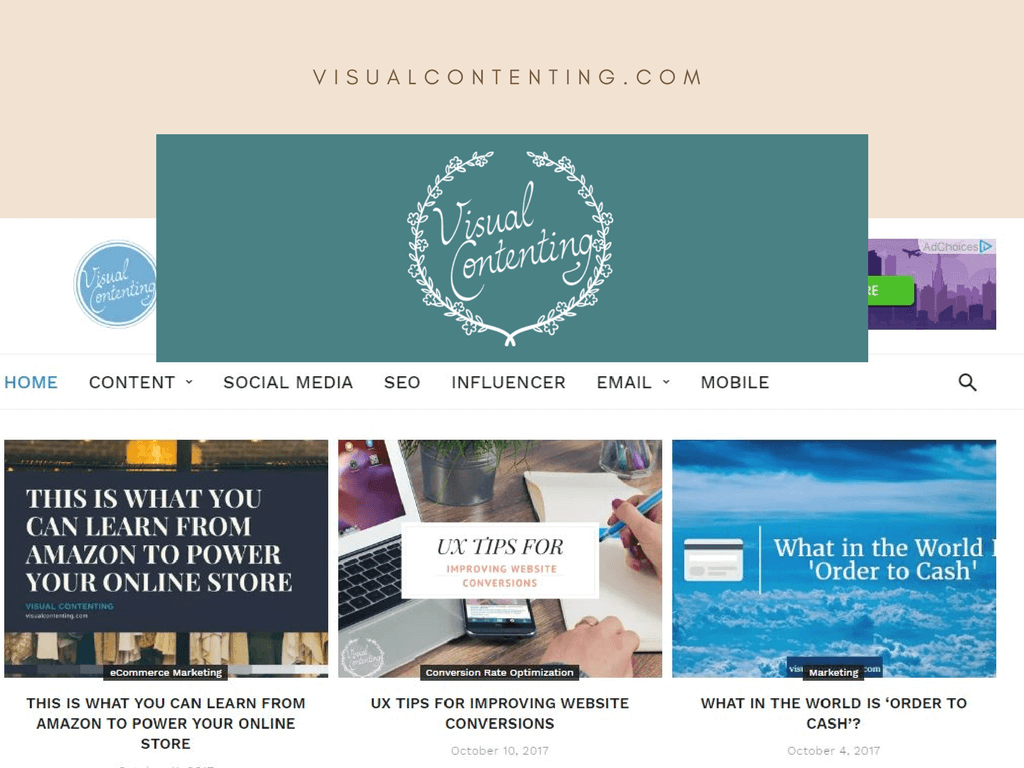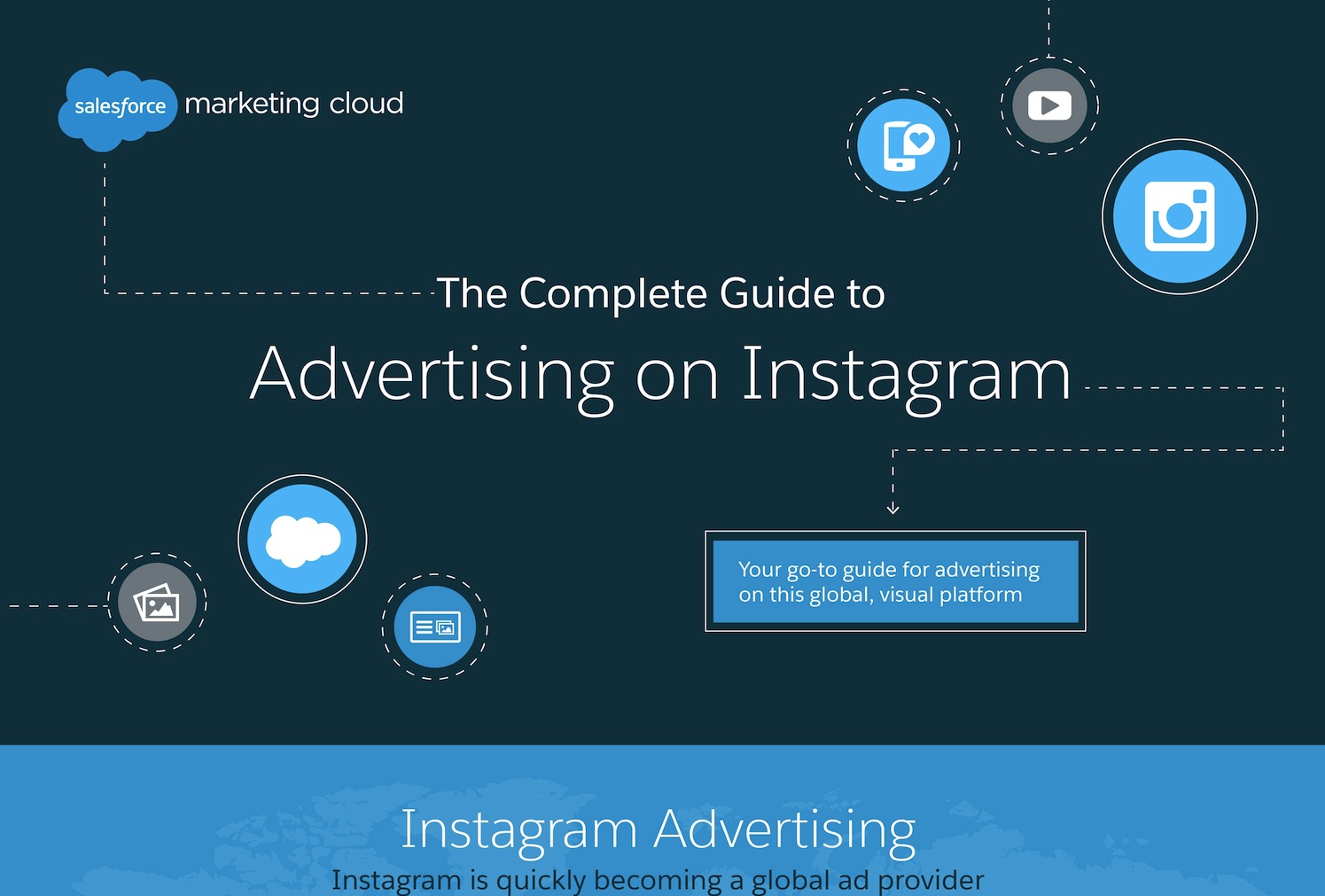As a marketer, tapping into the vast audience of Google users does not restrict you to Google text ads alone. Google offers another digital marketing option through their Display Ads. Google Display Ads provide a far more exciting option than the old keyword and text ad solution. Instead, they offer a creative way to reach your target with a wide assortment of images in both static or animated formats. You can see significant improvements in impressions and click-throughs by raising brand awareness with visually interesting ads. You can also discover more conversions by reaching Google’s network of over 2 million websites. Choosing the right dimensions will have an important impact on the effectiveness and reach of your ads. Luckily, we’ve got you covered with our ultimate Google Display Ad sizes and dimensions guide.
Why Does Dimensions Matter?
Being provided the specifics for an advertisement is nothing new. However, in the case of Google Display ads, the enormity of the size varieties is dizzying. Although there are just three categories of formats, there are as many as 20 different sizes available within each category. This means you are looking at at least 60 different dimensions to consider. Dimensions are important because they can impact the effectiveness of your ad. The websites in Google’s vast network dictate the sizes they display, because they all have different page formats for their site. In order to remain compatible, Google has designed formats that will work in many varied scenarios. These formats will influence the audience you reach, which is the first reason you have to pay attention to the dimensions. As well, the dimensions in hand with the type of website can also affect the number of impressions and clicks you get.
As a consumer, you probably love ad blockers, but as a marketer they can be your biggest nightmare. Choosing the right dimensions will help you avoid being blocked as ad blockers tend to target specific ad dimensions, including 300 x 250 and 728 x 90. You also have to contend with Google’s preference for mobile-friendly websites, as this also affects display ads. Mobile friendly ads often make the most sense as these are the preferred format by Google. As you can see, there are many factors that will influence the proper dimensions for your ads. The dimensions contribute to the frequency of views, the way ads appear on mobile phones and how ad blockers will treat your ads. Our infographic is designed to help you address common issues, with a focus on finding the right dimensions, as well as required file formats and file sizes.
Get A Clear ‘Picture’
We have taken the three categories of Google Display Ads and broken them down to provide a quick overview of the dimensions available under each category. You will get a better idea of the dimensions available with this easy visual reference that includes:
- Non-animated Image: You will see how the display ads will appear within the website as well as the dimensions for each. We also provide the file format types and sizes that are accepted.
- Animated Image: This section includes information regarding animation looping, length and speed. As above, you can also see what the ads look like in their standard positions to help you better decide what ad will work best for your needs.
- HTML: This section includes a brief explanation regarding the availability of HTML specific ads, along with an excellent visual reference for all ads, from banners to skyscrapers and leaderboards to billboards.
A quick review of the ultimate infographic for Google Display Ads developed by TechWyse, an SEO agency, will help you find the correct dimensions for your next campaign.

[ Source TechWyse Internet Marketing ]
Related Posts
Rebecca Hill is an Outreach Manager and content writer at TechWyse, an SEO Agency in Toronto, Canada. While she isn’t building relationships with bloggers and influencers in the marketing world, she can be seen rooting for the Blue Jays.







